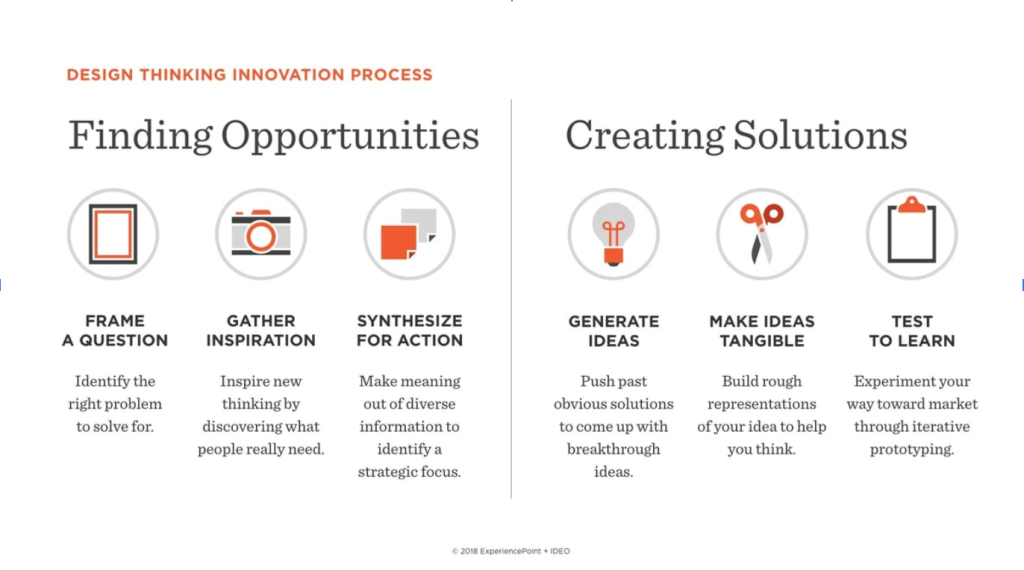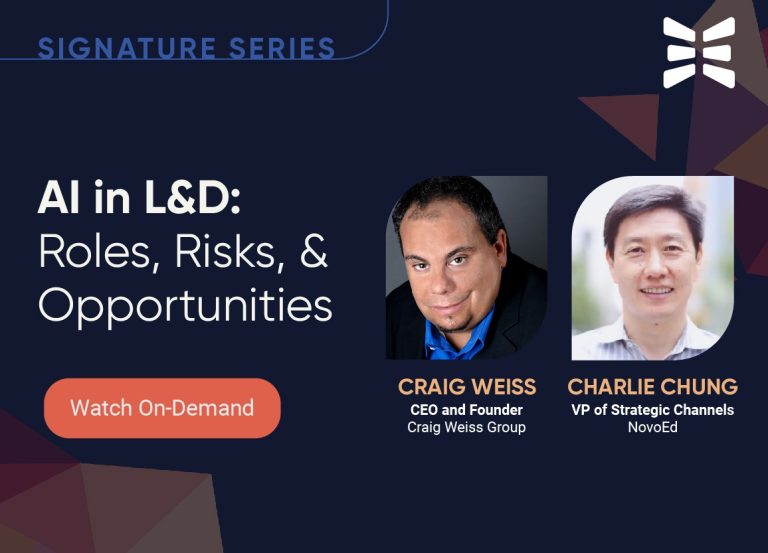Design Thinking vs Agile: Understanding the Key Differences & Similarities
A guest post by our partners at ExperiencePoint
Agile methodology and design thinking are often the go-to options for companies seeking more customer-centric innovation strategies. Both focus on gathering customer feedback and taking an iterative approach to design, resulting in better and faster product development.
At ExperiencePoint, we offer corporate training using the NovoEd social and collaborative learning platform that helps organizations embrace both design thinking and agile methodologies. We have witnessed firsthand the transformative power of these approaches in enabling organizations to enhance customer experiences, reduce costs, and generate new streams of revenue. However, it’s essential to recognize that these two strategies are not interchangeable. Understanding their differences and applying what aligns best with your company’s goals will lead to more effective and impactful innovation.
Agile vs. Design Thinking
Agile methodology is based on iterative, incremental and adaptive development. It emphasizes teamwork, self-organization, and customer satisfaction. In an agile approach, teams work in short sprints to deliver working software that meets the customer’s requirements. Agile methodology values adaptability and collaboration between development teams and business stakeholders.
On the other hand, design thinking is a human-centered approach to problem-solving that emphasizes empathy, experimentation, and iteration. It involves understanding the user’s needs and designing solutions that meet those needs. Design thinking values understanding the problem over jumping straight into solution mode and emphasizes the importance of prototyping and testing.
To learn more about ExperiencePoint, design thinking and how it can
transform your workplace culture, download the free e-book:
Design Thinking 101.
Design thinking and agile differ in important ways. Agile is a project management method used to solve predefined problems, while design thinking focuses on identifying and solving the right problems. The key difference lies in design thinking’s emphasis on empathizing with customers to identify their needs and challenges. Fortunately, these methods can complement each other nicely, resulting in more customer-centric and innovative solutions.
At the heart of both agile and design thinking is the concept of delivering value to the customer. Both methodologies prioritize customer satisfaction and use customer feedback to drive the development process. By putting the customer at the center of the development process, businesses can create products that meet their needs and deliver business value.
Business value is an essential component of both agile and design thinking. In an agile approach, business value is delivered through working software that meets the customer’s requirements. In design thinking, business value is delivered through designing solutions that meet the user’s needs. Both methodologies aim to create products that deliver business value by meeting the customer’s needs and solving their problems.
Using both methodologies in harmony

Agile and design thinking can be used together to create a more effective and efficient process. By combining the two approaches, businesses can create a process that is both customer-focused and flexible. The iterative nature of agile methodology allows businesses to quickly respond to changes in the market and customer needs. The experimentation and iteration that are central to design thinking allow businesses to design solutions that meet the user’s needs and deliver business value.
At ExperiencePoint, we offer corporate training that helps organizations embrace both design thinking and agile methodologies. With our guidance, organizations learn how to apply both human-centered approaches to talent, challenges, and working processes. To learn more about our design thinking workshops and training programs, speak with a solutions specialist today and start your company’s transformation journey.
About the author:
ExperiencePoint is a NovoEd partner and a world-leading innovation capability-building company. We help organizations scale and sustain workforce-led transformations by providing their people with the skills and conditions for innovation to thrive. Become part of our innovation community by subscribing to our monthly newsletter.
Related Searches
Design Thinking, Learning Experience Design, Learning Experience Designer


